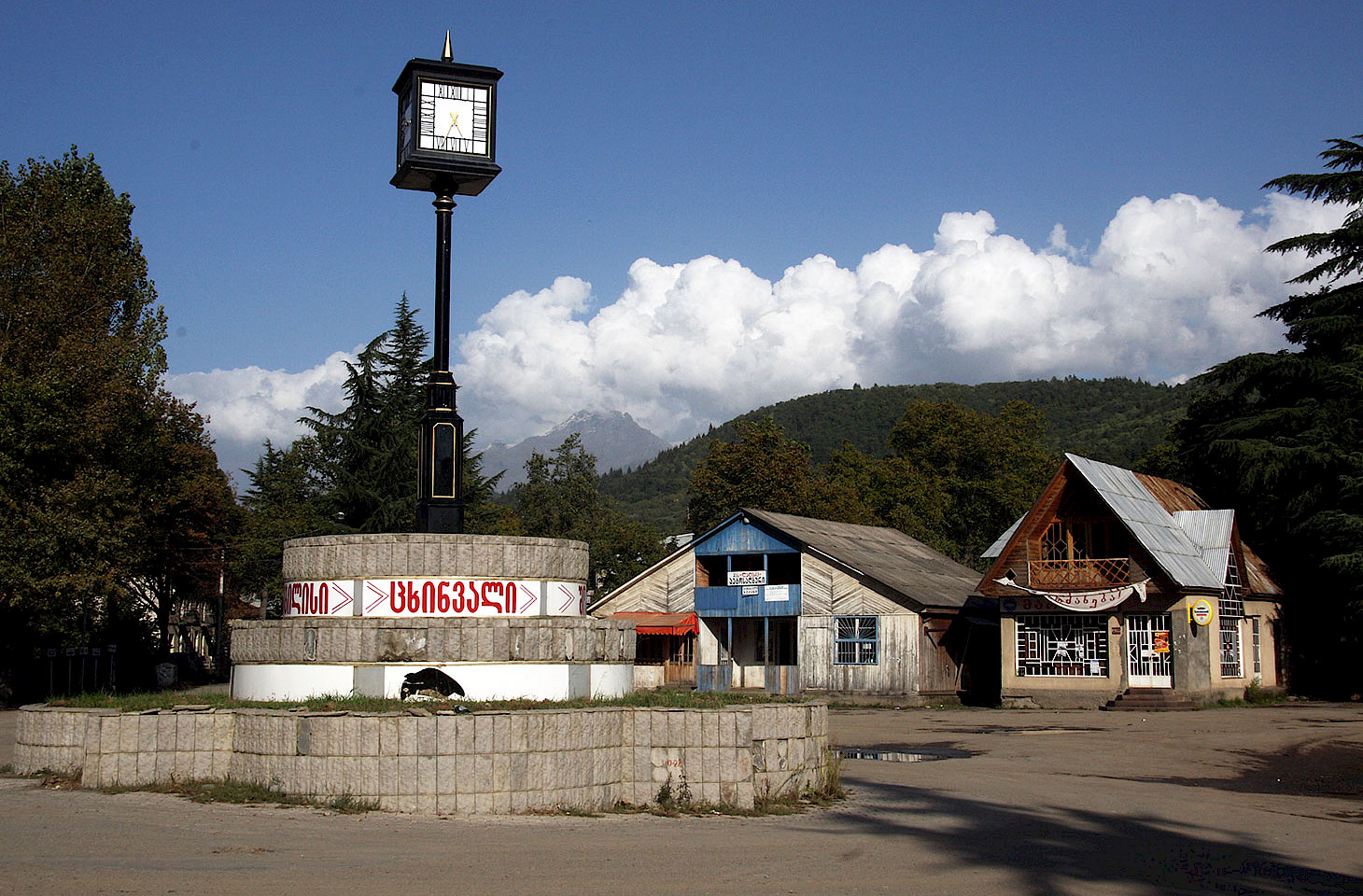Dear fellow travellers,
A few years ago, having spent some time walking and writing in the footsteps of Rilke on the cliffs above the Adriatic in Duino, I was dropped by a taxi at Trieste station ahead of a journey north that would lead me via Verona and Munich to home in Berlin. As usual, I was too early. This is a travel habit of mine, but one that I make no apology for - even to my travel companions, when they grumble that they might still be drinking tea in the kitchen or doing something more useful with their time instead.
The thing is, I like railway stations. I really don’t mind spending time waiting for the train. I also have a soft spot for airports, and can even find charm in a Raststätte off the Autobahn or the motorway service station on the M62 in northern England. It is something about the journey. And while the queues at the airports or the state of the culinary choices at a motorway service station might soon take a bit of shine from the excitement of the moment, the railway station is in a class all of its own.
In his wonderful essay “The Glory of the Rails,” historian Tony Judt explores the development of railway stations and their role in shaping both the perception of a city but also the urban fabric itself. And he details what impact they were supposed to have on us, the passengers:
Tony Judt, "The Glory of the Rails"As the design of the station made quite explicit, railways were never just functional. They were about travel as pleasure, travel as adventure, travel as the archetypical modern experience. Patrons were not supposed to just buy a ticket and go; they were meant to linger and imagine and dream…
In Trieste that morning, I stopped at a small café inside the station building and ordered a coffee. In the first instance, my dreams were dreams of the past. I had been in this place before, ahead of a night train to Rome having crossed the karst from Ljubljana with a couple of friends on an interrail trip during university. Later, I passed through on the way to Venice having caught an overnight bus up the Adriatic coast from Dubrovnik, watching the entire series of Rocky movies dubbed into Croatian as we went. And later still, there was time for a morning coffee in the café after a long journey south, a moment of calm before engaging with all that the melancholic, wonderful city of Trieste had to offer.
I thought about all these travel memories that were conjured by the sound of the espresso machine working, the morning chatter of the other customers and the screech and clatter of the trains easing into the platforms beyond the sliding doors. My mind wandered to other stations and other journeys. To the exhilaration of my first-ever cross-border train (a short Anglo-Welsh hop on a local train from Chester to Rhyl). To night train sleeping compartments and panorama carriages in the mountains. To stations with oyster bars or cosy pubs, and those that offered little more than a lean-to shelter in the Bohemian hills.
But as Judt wrote, it is not just the echoes of the past that swirl around the railway station, but also the possibilities for the future. Even as I stood at the counter in Trieste and drank my coffee, remembering the trains that had delivered me here and the different journeys that they were a part of, just across the hall the departure board tempted and tantalised with what would be departing from the platforms on the other side of the door.
A short trip one stop along the coast to Miramare? To Venice or across the border into Slovenia? North, over the Semmering Pass to Vienna? To Milan, Florence or Rome? Even just a handful of names conjure a wealth of ideas and images to stir the wanderlust of the would-be traveller.
For half my life I have lived in Berlin, passing by Gesundbrunnen station at least a few times a week and through Hauptbahnhof perhaps once or twice a month. I might be waiting for a local train to deliver me to the other end of the city, but across the way there are carriages waiting to set off on a journey to Paris or Basel, to Warsaw or Prague. For more than two decades in this city, the departure boards of our stations have been offering up the dream of the next adventure of the rails, and it never fails to send a shiver of excitement down my spine. For this traveller at least, the magic of the railway station is a magic that never seems to get old.
And if you feel the same as me, then you may like to know that the 18th edition of Europe by Rail: the Definitive Guide is published on 24 October. 50 routes, 26 mini-features (called Sidetracks) and a galaxy of fine railway stations across Europe.
Paul Scraton




